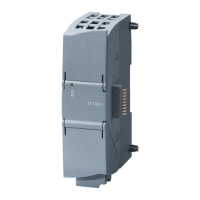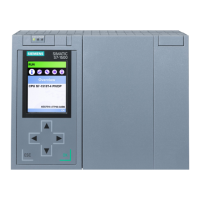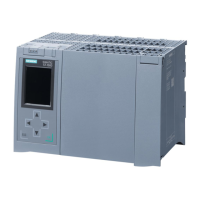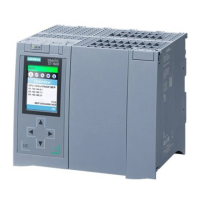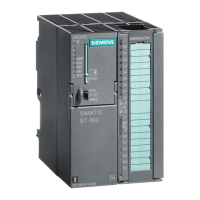EtherNet/IP Scanner
Entry-ID: 109782314, V1.1.0, 04/2021
© Siemens AG
2021 All rights reserved
2.3 Function principle
The application example demonstrates the necessary steps to configure the
SIMATIC S7-1500 to operate as EtherNet/IP Scanner with the help of the
LCCF_EnetScanner function block.
The communication will use both transport protocols mentioned above. The
Scanner is configured to exchange data with two Adapters. One adapter is the
ET200SP MF in EtherNet/IP fieldbus mode. The second adapter is represented by
the S7-1200 using the also available LCCF_EnetAdapter function block.
This is schematically shown on the next page’s figure.
Figure 2-2: schematic functional principle
SIMATIC S7-1200
(EtherNet/IP field device)
SIMATIC ET200SP MF
(EtherNet/IP field device)
SIMATIC S7-1500
(EtherNet/IP scanner)
The communication is established by the Scanner using a TCP connection. After
registering the Scanner with the Adapters, a transport connection is negotiated with
each of the Adapters. Once this is successfully done, the transport connection is
opened, and the data exchange takes place using UDP datagrams.
There are two more terms associated with EtherNet/IP.
• Originator: is the device, which initiates the transport connection. This is
typically the Scanner.
• Target: is the device, which accepts the transport connection. This is typically
the Adapter.
In this application example the transport connection uses UDP transport and
unicast communications. With EtherNet/IP the target may also vote for a multicast
connection. The target would then send the sensor data to many devices (incl. the
originator) instead of only to the originator.
In this application example the terms Adapter and Target as well as Originator
and Scanner are used as synonyms. This is correct for this application example.
In other scenarios this might not hold true anymore.

